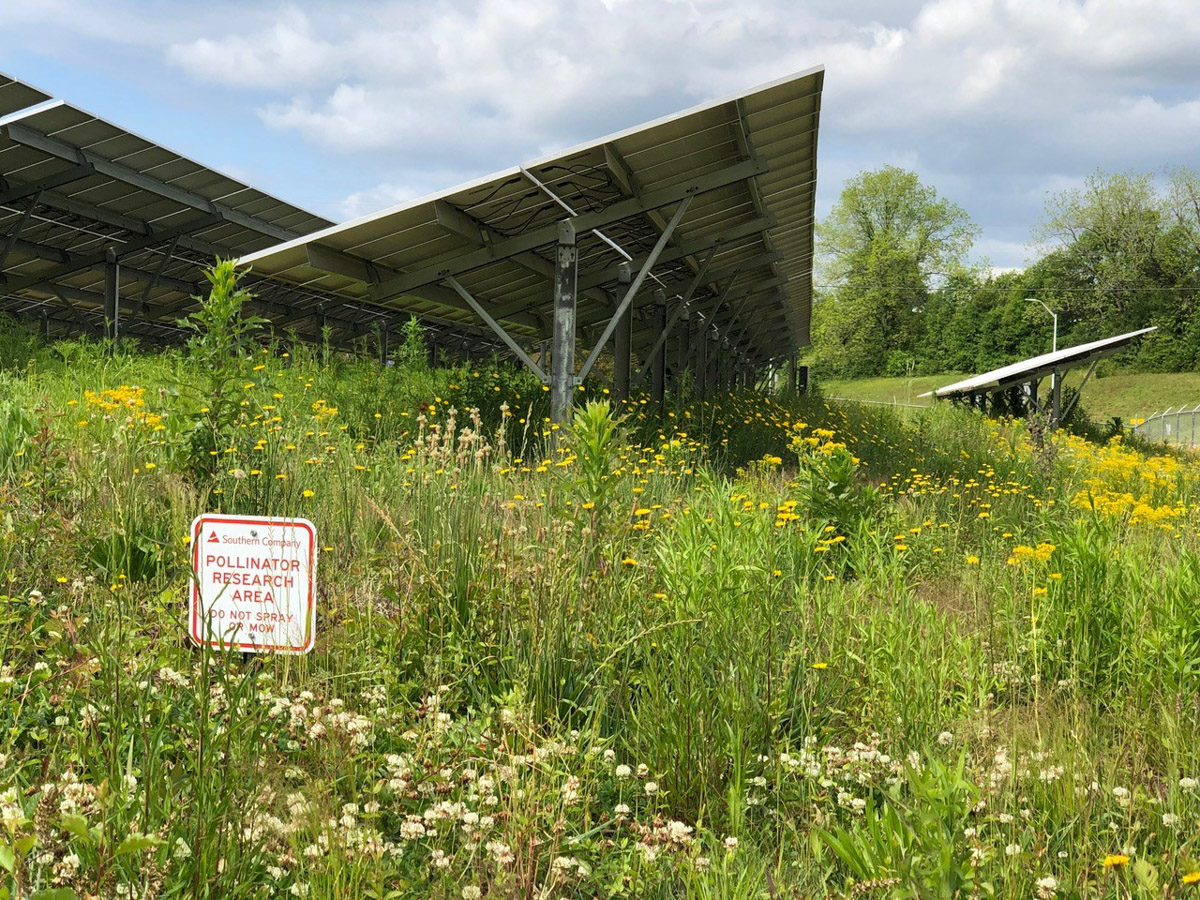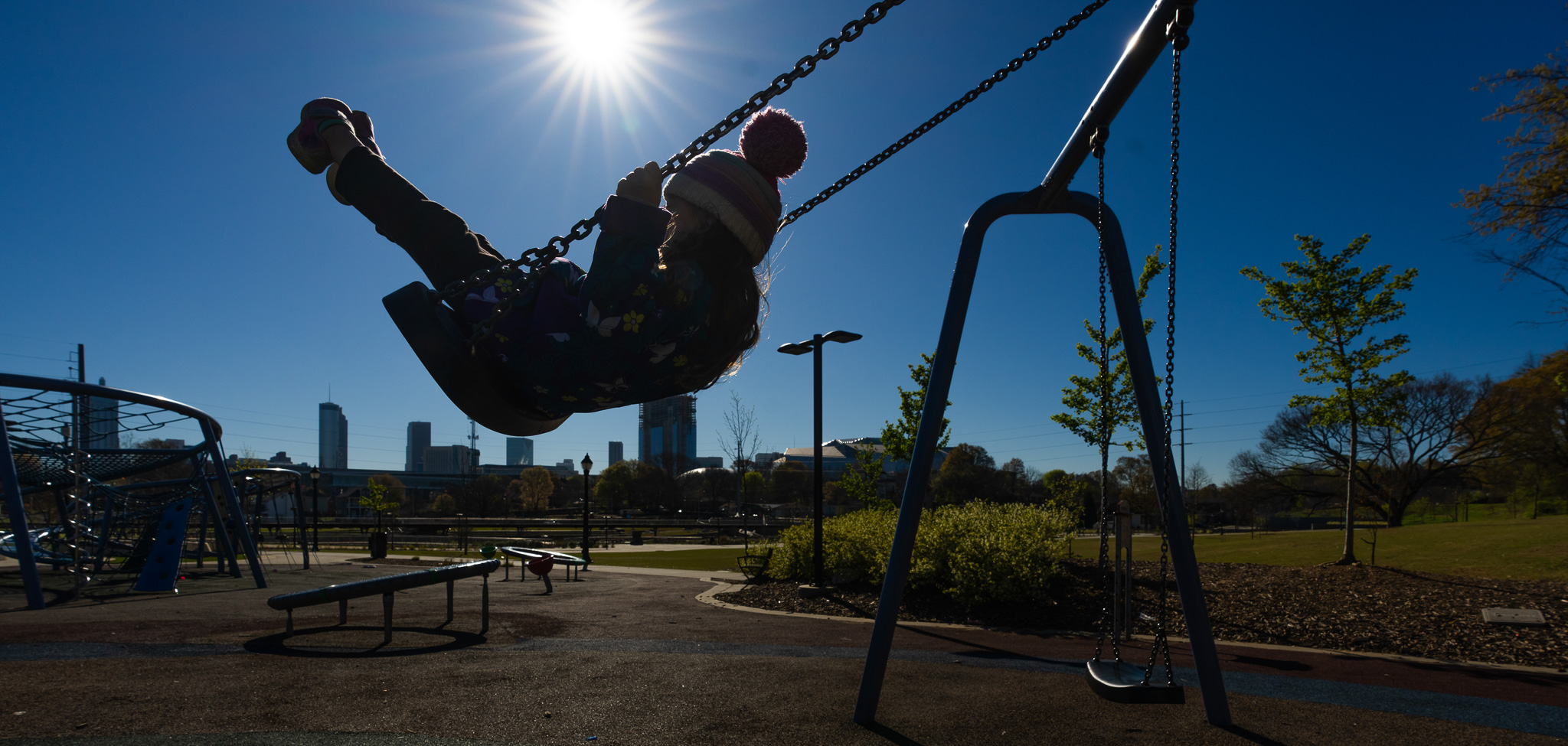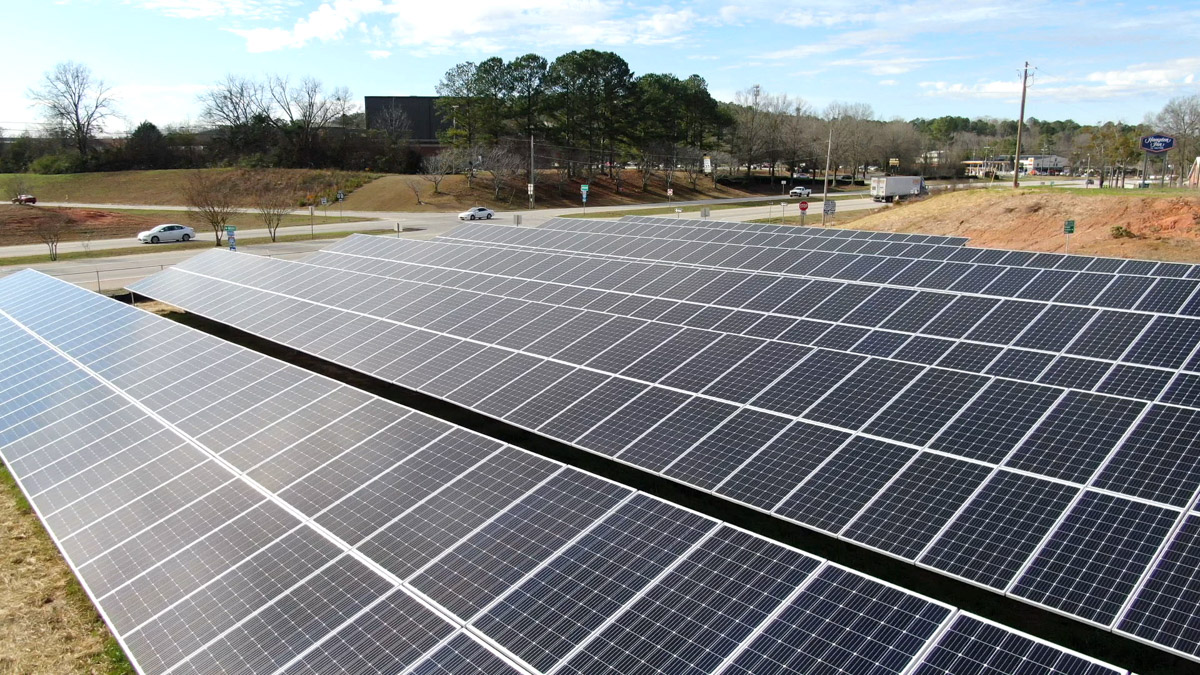The Ray: Let’s Drive the Future Of Renewable Energy

In December 2022, the Arthur M. Blank Family Foundation announced a new energy strategy to accelerate the development of renewable energy and its positive impact on people’s lives. The primary goal of this grant strategy, totaling more than $11.6 million, is to expand clean energy access in regional energy markets, focused on the geographic areas of the Intermountain West and the Southeast, which are the primary geographies where the foundation invests. The anticipated outcome is that over the next 10 years, these regions will be greater producers and exporters of renewable energy.
As part of this strategy, a $250,000 grant was provided to The Ray in support of their efforts toward making renewable energy accessible and affordable for everyone. The Ray is a proving ground for the evolving ideas and technologies that will transform the transportation infrastructure of the future, starting with 18 miles of West Georgia’s I-85, and the land and communities surrounding it. A net-zero highway testbed located between LaGrange, Georgia and the Georgia-Alabama state line, “The Ray Highway” is paving the way for a zero-carbon, zero-waste, zero-death highway system. As a solar-paved highway, the pavement uses traditional solar cells that allow the road surface to generate clean energy under heavy vehicles.

“Moving the needle in the energy space can only be achieved by converging many players to the table across the public, private and nonprofit sectors,” said Todd Graham, managing director, Environment, Arthur M. Blank Family Foundation. “This work is complex and it takes time. But I’m particularly excited about the work of our grantees who are helping utilities, energy developers and local governments work on renewable energy supply, demand, research and innovation to rapidly advance clean energy deployment and access.”
Renewable energy development along our roadsides, which the foundation grant will specifically target, has the potential to help states reduce their energy costs, reduce their land maintenance costs, increase resilience and local energy security, create new revenue streams and meet broader renewable energy and greenhouse gas emission targets.
“This grant is a clean energy grant that will allow The Ray to better resource our efforts in Georgia and the Southeast as it relates to supporting planning and building of clean energy projects,” said Allie Kelly, Executive Director, The Ray. “Specifically, The Ray focuses on the empty roadsides along highways and interstates as prime land use opportunities for solar arrays, and for expanding the energy grid with buried transmission cables, in order to create energy resilience.”

“Right-of-way” (ROW) areas along highways can be ideal locations for renewable energy development for many reasons, including unshaded acreage, ease of access, public ownership status and lack of competing development efforts. Solar arrays can also create distributed solar programming for communities living adjacent to the interstate, which are typically disadvantaged with noise and air pollution and depressed land values.
The Ray Highway also uses native, flowering plants as ground cover within the solar array, making Georgia the first in the nation to install pollinator-friendly ROW solar. Solar arrays on the roadsides can even support EV charging hubs with clean energy supplies.
With the development of renewable energy, The Ray is driving the technology of the future and setting set a new standard for roadways across the globe.
Stay Connected
Stay up to date with stories of impact, grants in your neighborhood and other interesting foundation news.
By submitting this form, you are consenting to receive marketing emails from: Arthur M. Blank Family Foundation. You can revoke your consent to receive emails at any time by using the SafeUnsubscribe® link, found at the bottom of every email. Emails are serviced by Constant Contact











